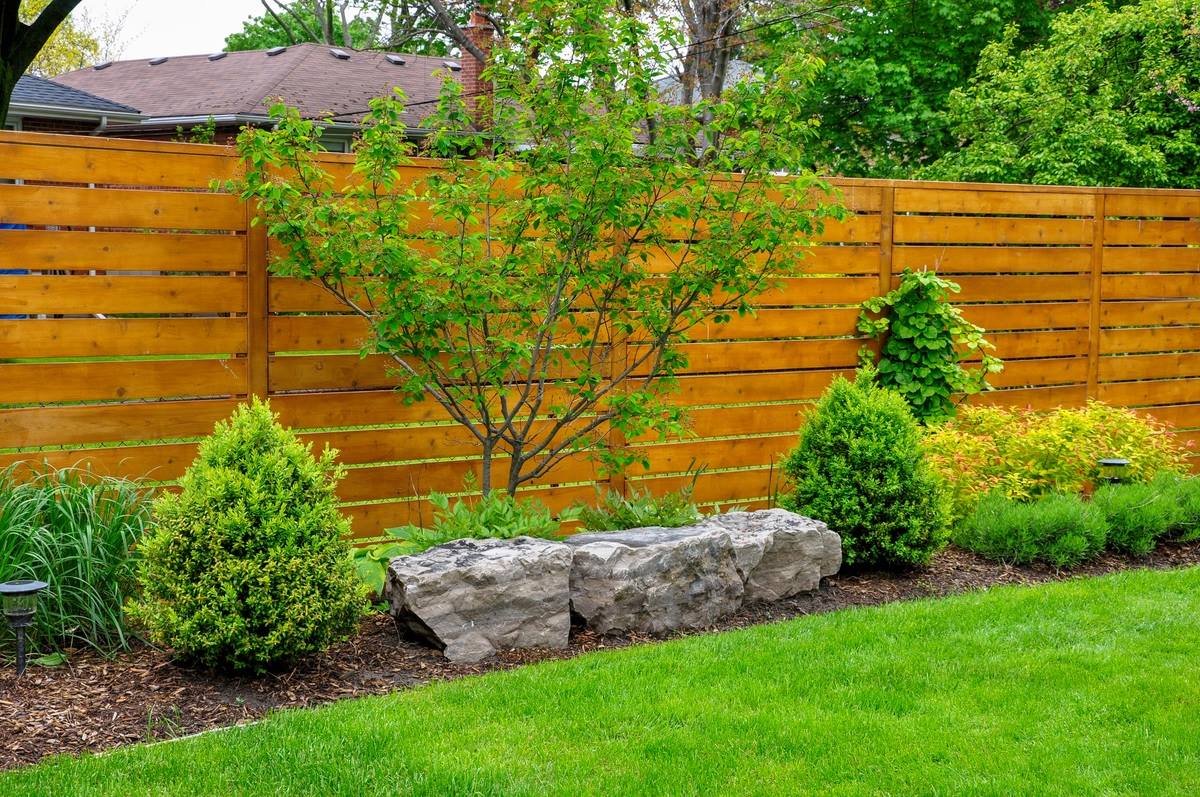

Articles
What To Plant Along Fence Line
Modified: January 6, 2024
Looking for articles on what to plant along a fence line? Discover expert tips and suggestions to enhance your garden and create a beautiful boundary.
(Many of the links in this article redirect to a specific reviewed product. Your purchase of these products through affiliate links helps to generate commission for Storables.com, at no extra cost. Learn more)
Introduction
When it comes to landscaping, the fence line is often an overlooked area. However, with a little planning and creativity, you can transform this space into a beautiful and functional part of your yard. Planting along the fence line not only adds aesthetic appeal, but it can also provide privacy, shade, and attract beneficial wildlife.
Before choosing which plants to incorporate along your fence line, there are important factors to consider. One of the most crucial factors is the amount of sunlight the area receives. Take note of whether the fence line is in full sun, partial shade, or full shade. This information will help you select plants that are suited to the specific light conditions.
Soil conditions also play a significant role in determining which plants will thrive along the fence line. Assess the soil type, moisture levels, and pH to make informed decisions. Some plants prefer well-drained soil, while others can tolerate clay or sandy soil. Additionally, consider the proximity to trees and other plants that may compete for water and nutrients.
Privacy needs vary from one homeowner to another. If your primary goal is to create a sense of privacy, you’ll want to select plants that will grow tall and dense. On the other hand, if you are aiming for a more open and airy feel, choosing plants with a lighter foliage can enhance the overall aesthetics.
Maintenance level is another factor to consider when choosing plants for the fence line. Determine how much time and effort you are willing to invest in maintaining the area. Some plants require regular pruning, while others are low-maintenance and require minimal upkeep.
Now that you have considered these important factors, let’s explore the best plants for your fence line. There are various categories of plants that you can choose from, including vines and climbers, shrubs and bushes, perennials and grasses, annuals and groundcovers, and trees.
Key Takeaways:
- Transform your fence line into a beautiful and functional space by considering sunlight, soil, privacy, and maintenance needs when choosing the best plants. Create a diverse and visually appealing landscape with vines, shrubs, perennials, annuals, and trees.
- Enhance the beauty and functionality of your outdoor space by planting along the fence line. Follow proper planting and maintenance techniques to ensure healthy growth and longevity of your chosen plants. With the right care, your fence line will become a source of pride and enjoyment for years to come.
Read more: Who Owns A Fence On A Property Line
Factors to Consider
When selecting plants to plant along your fence line, it is important to take into account several factors that can influence their growth and success. By considering these factors, you can choose plants that are well-suited to the specific conditions of your fence line area.
Sunlight Requirements
The amount of sunlight the fence line receives will play a significant role in determining which plants will thrive. Take note of whether the area is in full sun, partial shade, or full shade. Plants that require full sun should receive at least 6 hours of direct sunlight per day. If the area is shaded, you’ll need to select shade-tolerant plants that can thrive with less sunlight.
Soil Conditions
The soil conditions along the fence line can vary, so it’s important to assess the soil type, moisture levels, and pH. Different plants have different soil preferences, so understanding the characteristics of your soil will help you choose the right plants. Some plants prefer well-drained soil, while others can tolerate clay or sandy soil. Additionally, consider the proximity to trees and other plants that may compete for water and nutrients.
Privacy Needs
If privacy is a priority for you, selecting plants that will grow tall and dense along the fence line is essential. These plants will create a natural barrier and provide privacy from neighboring properties or busy streets. Consider evergreen plants that maintain their foliage year-round for optimal privacy. Alternatively, if you prefer a more open and airy feel, choose plants with a lighter foliage that still offer some privacy without completely blocking the view.
Read more: How To Line Up Fence Posts
Maintenance Level
Consider how much time and effort you are willing to invest in maintaining the plants along the fence line. Some plants require regular pruning and shaping to keep them in check, while others are low-maintenance and require minimal upkeep. If you have limited time for gardening, it’s best to choose plants that are easy to care for and don’t require frequent maintenance.
By considering these factors – sunlight requirements, soil conditions, privacy needs, and maintenance level – you can choose the right plants that will thrive along your fence line. Now let’s explore the best plants for your fence line based on these considerations.
Best Plants for Fence Line
Now that you have considered the important factors, let’s explore the best plants for your fence line. There are various categories of plants that you can choose from, each offering unique characteristics and benefits. Here are some top choices:
Vines and Climbers
Vines and climbers are excellent choices for adding vertical interest and covering your fence line with lush foliage. They can create a natural and beautiful screen along the fence. Some popular options include:
- Trumpet Vine – produces vibrant orange or red trumpet-shaped flowers and attracts hummingbirds.
- Clematis – offers a variety of flower colors and sizes, climbing by twisting their stems around supports.
- English Ivy – a classic choice for covering fences and walls, it provides dense foliage and is low-maintenance.
Shrubs and Bushes
Shrubs and bushes can be planted along the fence line to add structure, texture, and color. They can provide privacy and act as a natural boundary. Consider these options for your fence line:
- Boxwood – an evergreen shrub that forms a dense and uniform hedge along the fence line.
- Spirea – produces clusters of colorful flowers and offers vibrant foliage throughout the seasons.
- Lilac – known for its fragrant blooms, lilac bushes can add beauty and fragrance to your fence line.
Read more: How Close Can Fence Be To Property Line
Perennials and Grasses
Perennials and grasses are great choices for adding texture, movement, and color to your fence line. They come back year after year and require less maintenance. Consider these options:
- Black-eyed Susan – a native perennial with bright yellow flowers that attract butterflies and bees.
- Ornamental Grasses – varieties like Miscanthus or Feather Reed Grass add height and movement.
- Hosta – a shade-loving perennial that offers a variety of leaf colors, shapes, and sizes.
Annuals and Groundcovers
Annuals and groundcovers can quickly fill in the space along your fence line, providing instant color and coverage. They can be used to add seasonal interest or fill gaps between larger plants. Consider these options:
- Impatiens – a popular annual that offers a wide range of colorful flowers and thrives in shady areas.
- Creeping Thyme – a low-growing groundcover with fragrant foliage and small, colorful flowers.
- Petunias – these versatile annuals come in various colors and can trail along the fence line, adding a pop of color.
Trees
Trees can be planted along the fence line to create vertical interest and provide shade and privacy. They can also attract birds and wildlife to your garden. Consider these options:
- Japanese Maple – a beautiful ornamental tree with vibrant foliage that adds a touch of elegance.
- Eastern Redbud – known for its pink to purple flowers that bloom in spring before the leaves emerge.
- Magnolia – a classic tree with large, fragrant flowers that can add beauty and fragrance to your fence line.
By incorporating a variety of these plants along your fence line, you can create a visually appealing and functional landscape that suits your preferences and needs.
Planting and Maintenance Tips
Once you have selected the best plants for your fence line, it’s important to follow proper planting and maintenance techniques to ensure their healthy growth and longevity. Here are some essential tips to consider:
Read more: How Do Fence Companies Find Property Lines
Preparing the Soil
Before planting, it’s crucial to prepare the soil along the fence line. Remove any weeds, rocks, or debris and loosen the soil with a garden fork or tiller. Incorporate organic matter such as compost or well-rotted manure to improve soil fertility and drainage. This step will provide a healthy growing environment for your plants.
Planting Techniques
When planting along the fence line, follow these techniques to give your plants the best start:
- Dig a hole that is two to three times wider and slightly deeper than the plant’s root ball.
- Gently remove the plant from its container or loosen the root ball if necessary.
- Place the plant in the hole, ensuring that the top of the root ball is level with or slightly above the soil surface.
- Backfill the hole with the soil, gently firming it around the roots.
- Water the plant thoroughly to settle the soil and remove any air pockets.
Watering and Fertilizing
Proper watering is crucial for the establishment and growth of your plants. Water newly planted plants deeply and regularly to help their roots establish. Once established, monitor the moisture levels and water when the top inch of soil feels dry. Apply water directly to the base of the plants to ensure it reaches their root systems.
Fertilizing can help promote healthy growth and flowering. Use a slow-release fertilizer or organic compost that provides a balanced mix of nutrients. Follow the instructions on the fertilizer packaging and avoid over-fertilizing, as it can lead to excessive growth and weak plants.
Pruning and Trimming
Regular pruning and trimming are essential for maintaining the shape and size of plants along the fence line. Remove any dead, damaged, or diseased branches to prevent the spread of diseases. Prune flowering plants after they have finished blooming to encourage new growth and flower production. Trim back any branches or foliage that encroach on neighboring structures or obstruct walkways.
Read more: How To Keep Grass From Growing On Fence Line
Dealing with Pests and Diseases
Keep an eye out for common pests and diseases that can affect the plants along your fence line. Monitor for signs of insect infestation, such as holes in leaves or sticky residue. Treat pests with organic insecticides or use natural methods, such as introducing beneficial insects.
Diseases like powdery mildew or fungal infections can occur, especially in humid conditions. Remove affected plant parts and treat with appropriate fungicides if necessary. Proper spacing between plants can also help improve air circulation and reduce the risk of disease occurrence.
By following these planting and maintenance tips, you can ensure the health and vitality of the plants along your fence line. Regular care and attention will result in a beautiful and inviting landscape that enhances the overall appearance of your outdoor space.
Conclusion
Planting along the fence line is a fantastic way to enhance the beauty and functionality of your outdoor space. By considering factors such as sunlight requirements, soil conditions, privacy needs, and maintenance level, you can choose the best plants that will thrive in your fence line area.
From vines and climbers to shrubs and bushes, perennials and grasses to annuals and groundcovers, and even trees, there are countless options to choose from. Each category offers unique characteristics and benefits, allowing you to create a diverse and visually appealing landscape along your fence line.
When planting, remember to prepare the soil, follow proper planting techniques, and provide adequate water and fertilization. Regular pruning and trimming will help maintain the desired shape and size of the plants, while monitoring and treating pests and diseases will ensure their health and longevity.
Through careful planning and attention to detail, you can create a beautiful and inviting fence line that not only adds value to your property but also provides privacy, shade, and attracts beneficial wildlife. Whether you want a colorful display of flowers, a lush green foliage, or a combination of various plant types, there are endless possibilities to transform your fence line into a stunning feature of your outdoor space.
So don’t overlook the potential of your fence line when it comes to landscaping. Take advantage of this often-underutilized space and let your creativity flourish. With the right plants and proper care, your fence line will become a source of pride and enjoyment for years to come.
Frequently Asked Questions about What To Plant Along Fence Line
Was this page helpful?
At Storables.com, we guarantee accurate and reliable information. Our content, validated by Expert Board Contributors, is crafted following stringent Editorial Policies. We're committed to providing you with well-researched, expert-backed insights for all your informational needs.

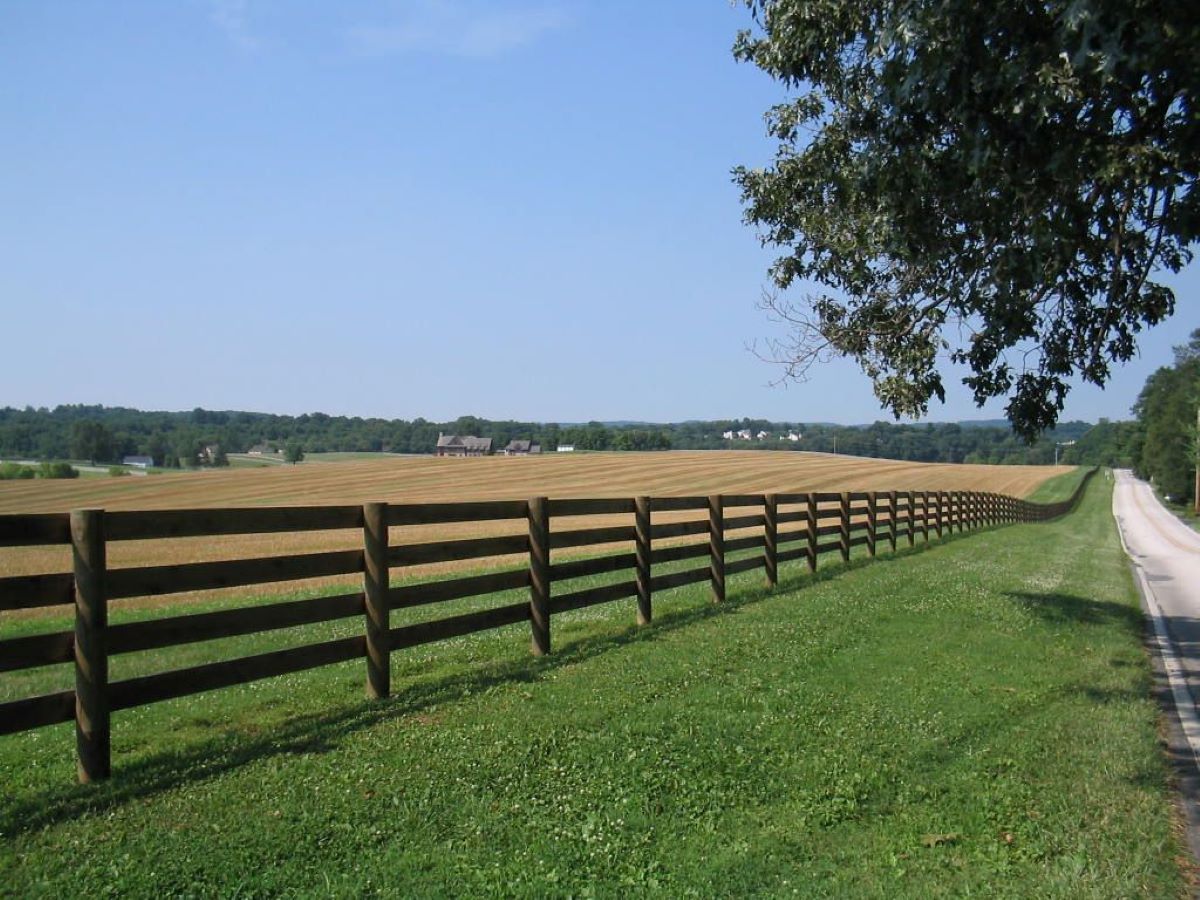
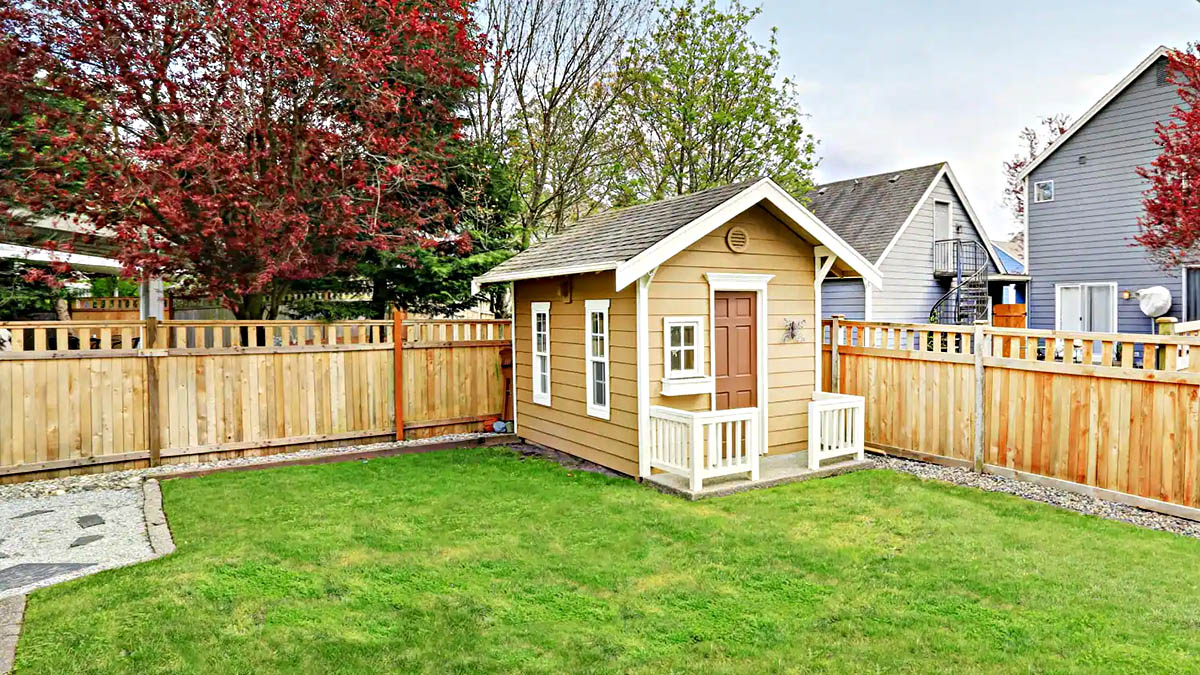
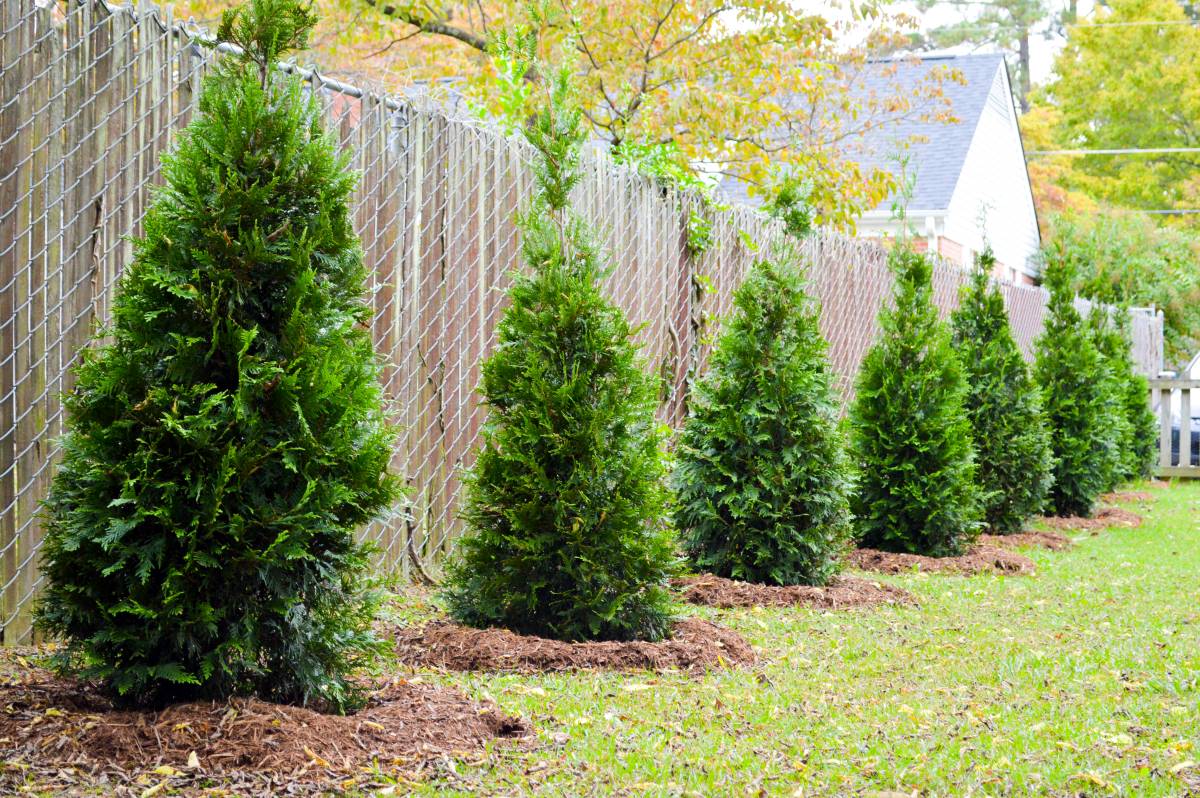
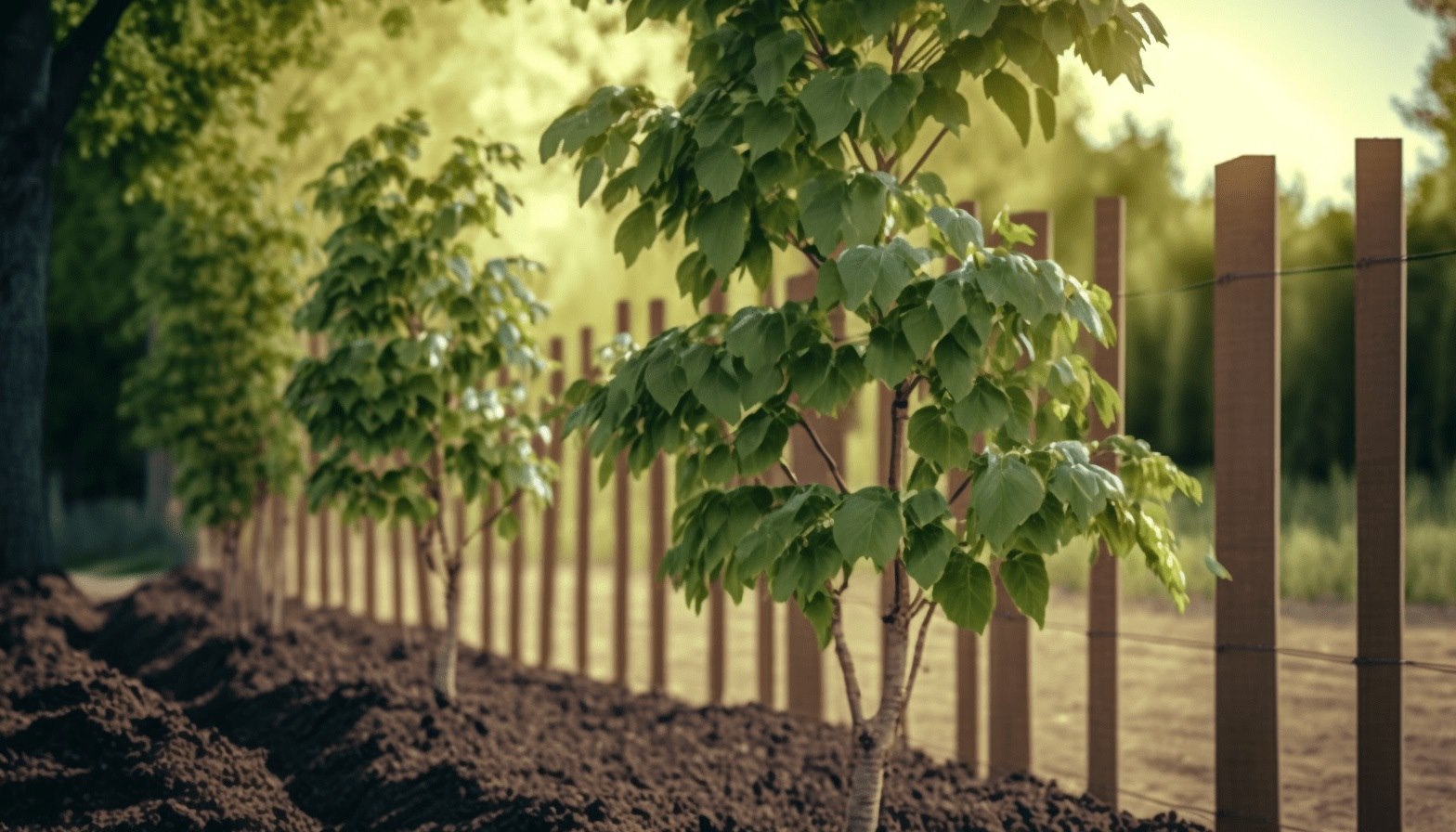
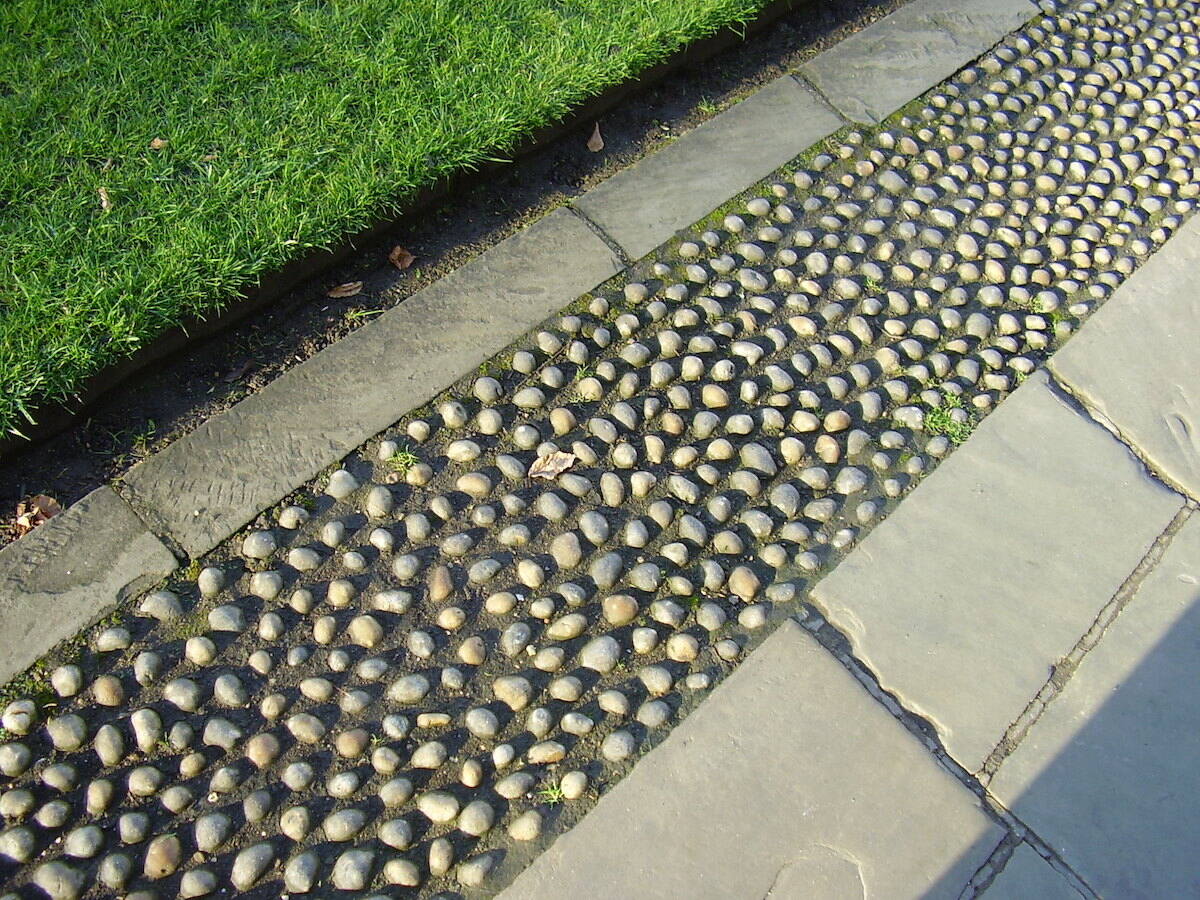

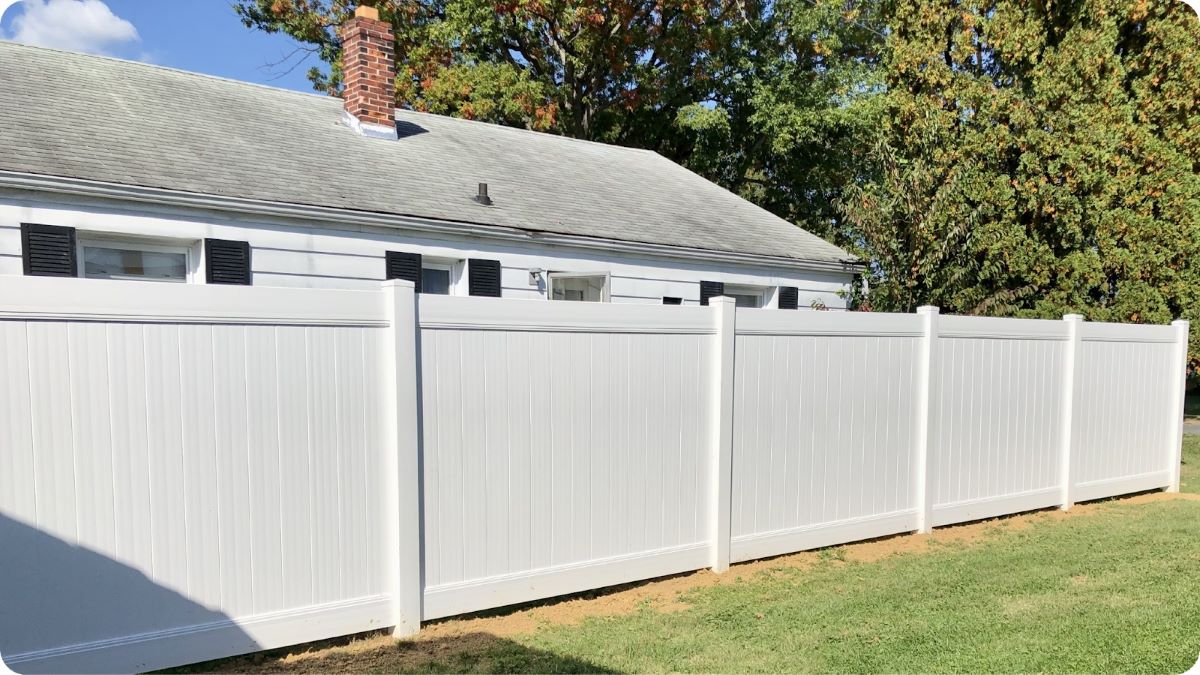
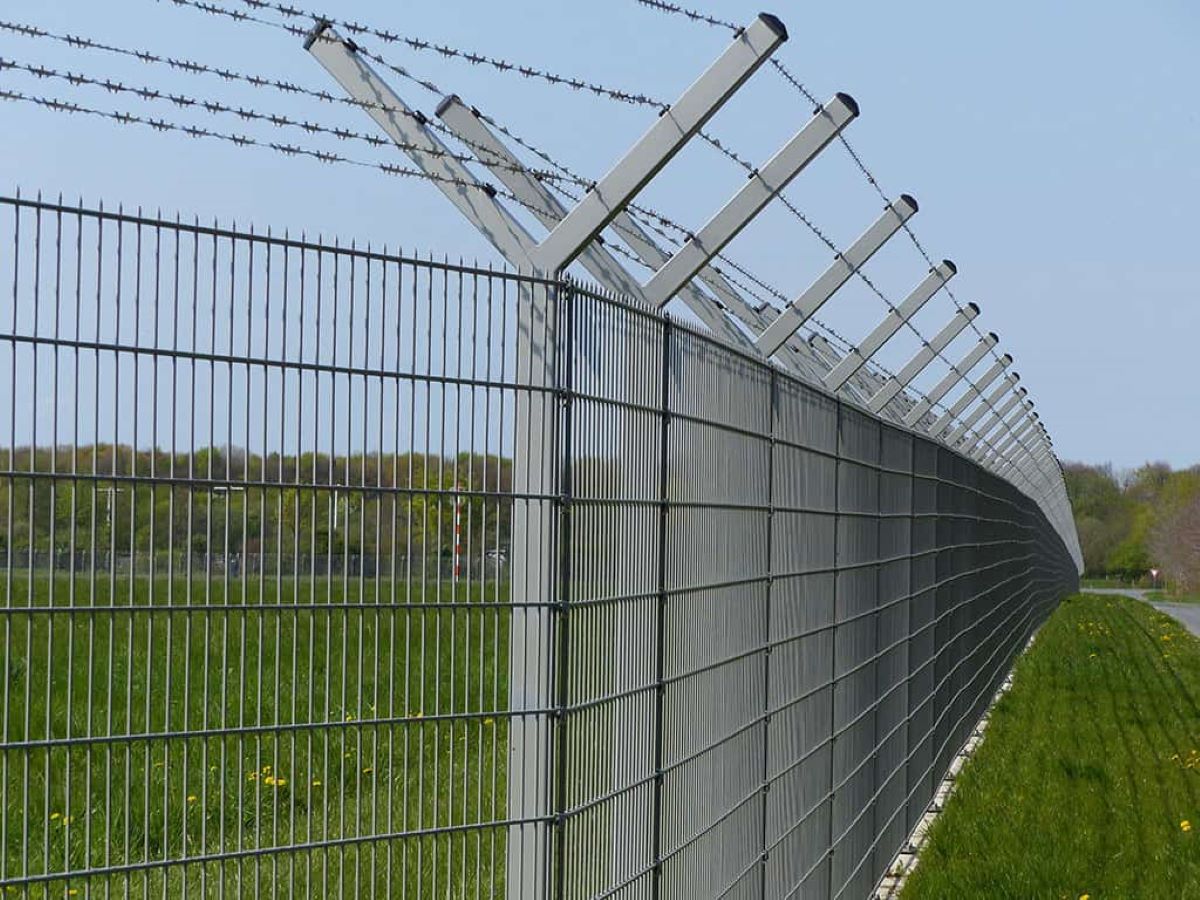

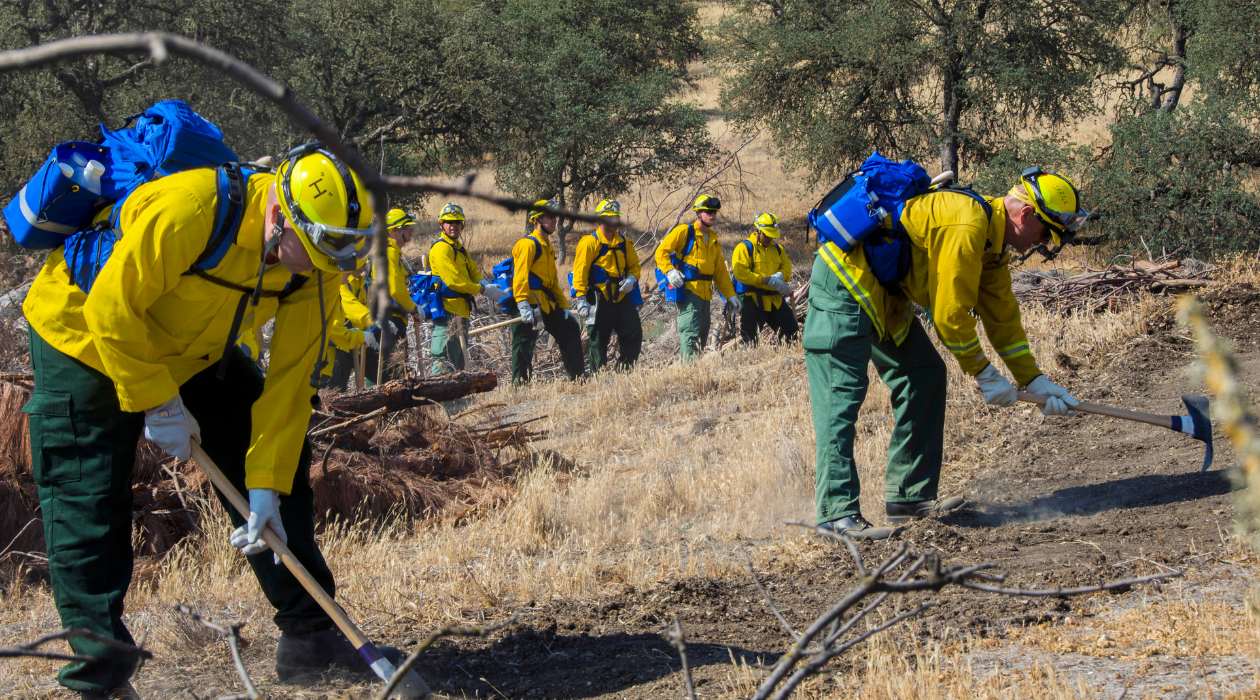

0 thoughts on “What To Plant Along Fence Line”